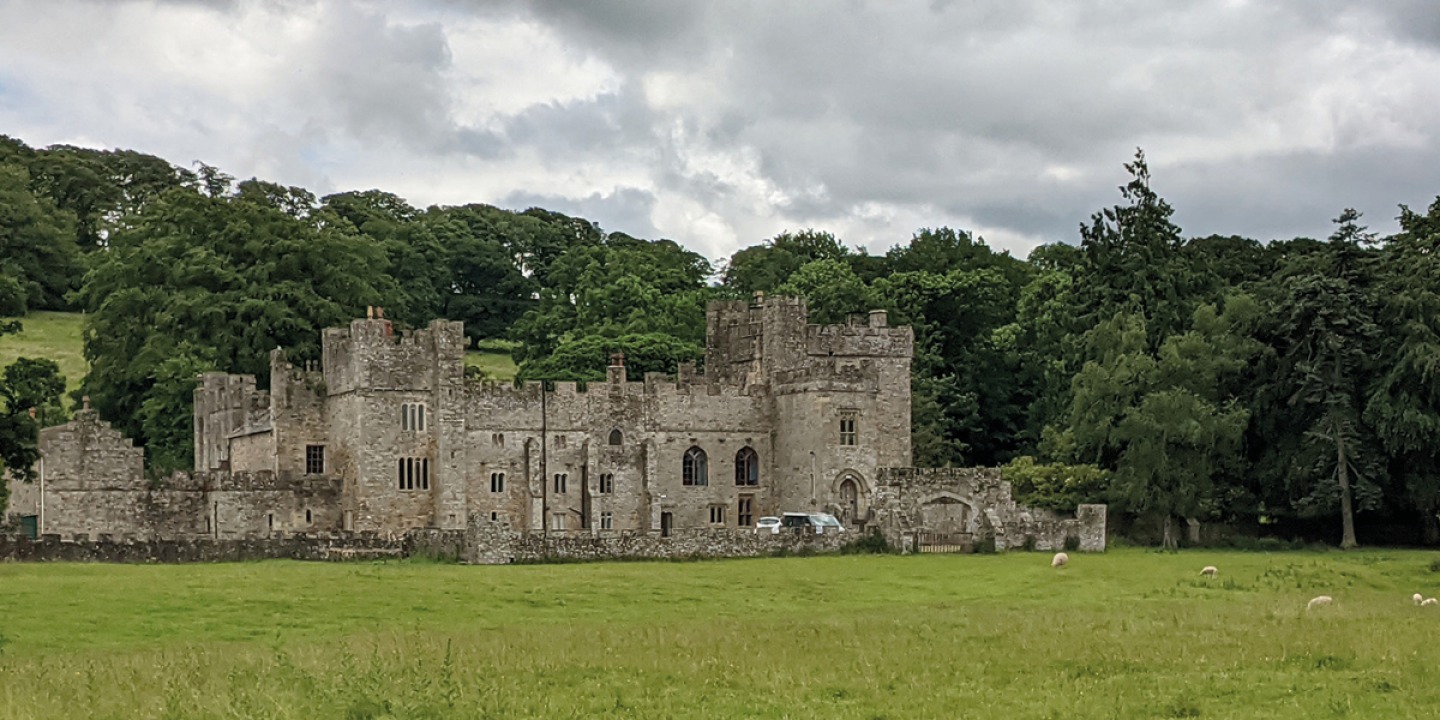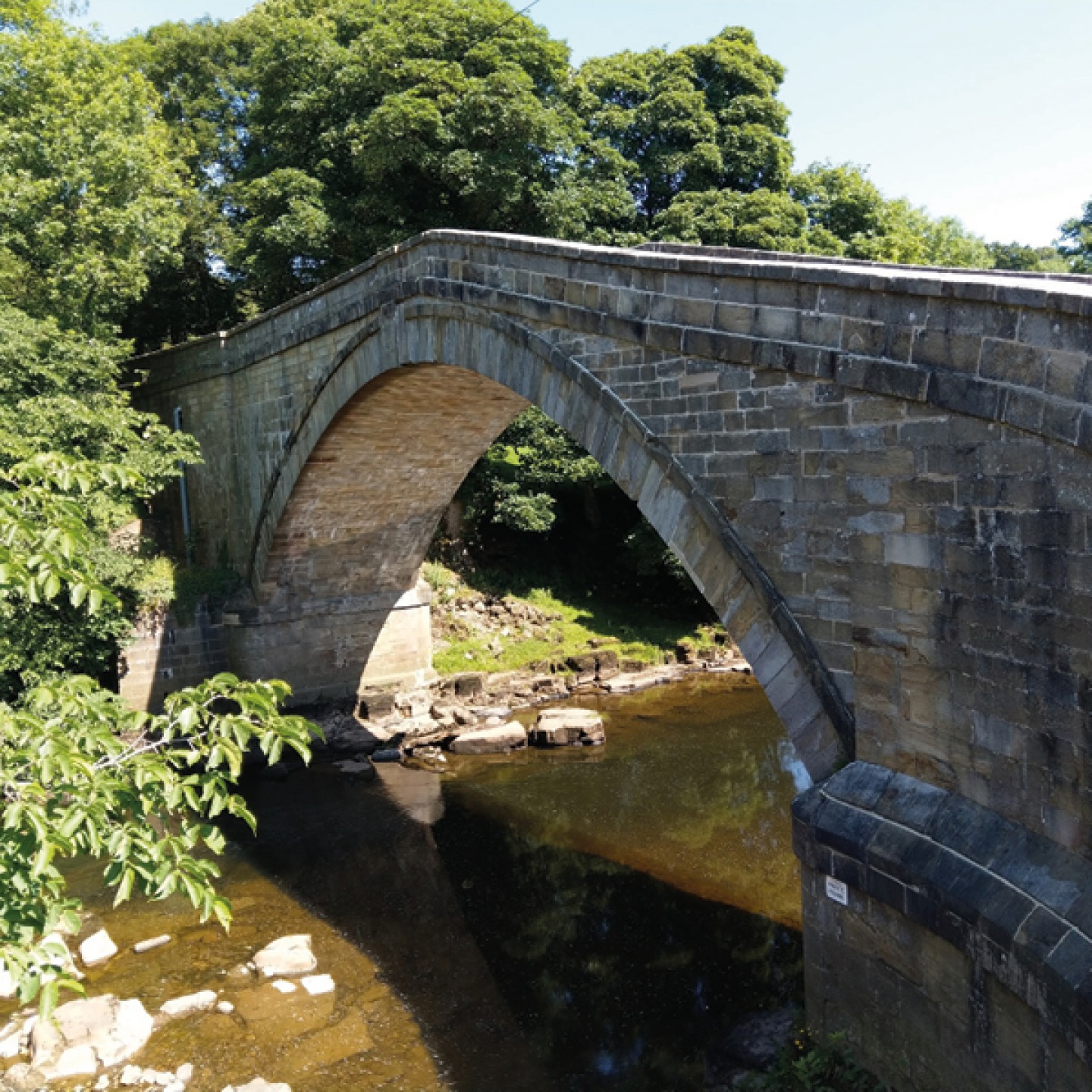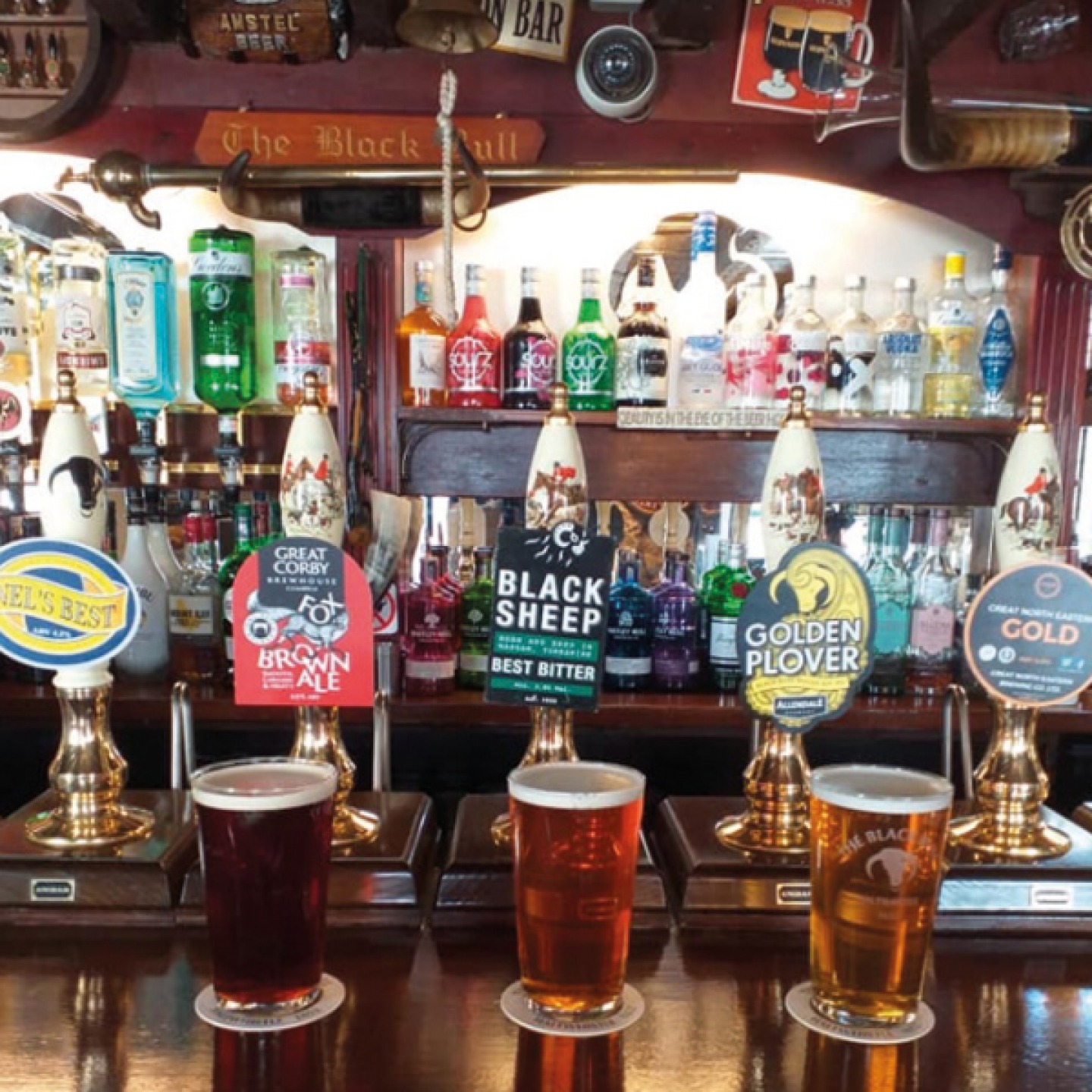Lambley Viaduct, Featherstone Castle and the South Tyne Trail


Setting off from the South Tyne Trail car park at Featherstone join the South Tyne Trail itself, following the clearly marked sign to Lambley Viaduct. This path follows the former route of the Haltwhistle to Alston branch line, which was finally closed in 1976 after 124 years transporting coal and lead from the surrounding mines. Shortly you’ll reach another car park and carefully cross the Coanwood-Lambley road and rejoin the waymarked path, continuing past the remains of Coan wood station platform. Lovely views across the valley towards Lambley and Featherstone begin to appear to your right as you approach the viaduct.
Originally completed in 1852, cross the viaduct pausing to look down upon the river some 32 metres below (it seems higher). Looking north way below, you can see the footbridge that will take you back across the river. At the end of the viaduct, exit right and take the steep zig-zagging steps down to the river bank. Head north along the wooden pathway for a short distance, keeping the river on your right, until you reach the footbridge where you cross the South Tyne again to the east bank. The footbridge provides a great vantage point from which to admire the full grandeur of the viaduct you have just crossed with its nine colossal 17-metre arches and enormous 500-kilogram foundation stones.


Turn left after the footbridge and follow the waymarked path, pass through the gate and divert slightly left to walk along the lightly wooded riverbank. As you pass the wooden hut on your right you cross a small stile and continue along the riverside until you gently climb to a gateway and – again with great care (this is a blind corner) – cross the Lambley-Coanwood road. Passing through the gate on the other side of the road continue down the track and once more follow the path along the riverside through parkland-style open farmland with beautiful mature broad-leaved trees regularly dotted along the route. Passing through another gate, you will begin to approach a series of red brick buildings on your right. These and the clear ground workings still visible are the remains of POW Camp 18. From 1945–1948 it spread a mile along the river bank and housed thousands of German officers.
As you pass POW Camp 18 there is evidence of the powerful river erosion of the banks and care needs to be taken to walk clear of the undercut edges. Soon you’ll pass in front of Featherstone Castle, the oldest parts of which date back to the 14th century.

As the path narrows and you near the road, turn left over the footbridge and then immediately right, following the path through the woodland. Note that once you have turned right at the end of the bridge, follow the lower path, not the steps that head up the steep bank. Continue along the woodland path over tributary streams and alongside the river, gradually turning left and gently climbing until you emerge onto the lane. Turn right and cross over Featherstone Bridge. As you descend from the bridge there is a stile and waymarked route directly opposite, signposted to Featherstone Rowfoot. Take this path leading south east past the wall. This was known as the Postman’s Path as it was the route followed by the postmen taking the post they had gathered from Featherstone Castle and the surrounds to Featherstone Park Station and onwards to Haltwhistle. It rises through the woodland, then through a series of stiles before turning sharp right and emerging at a roadside stile almost directly opposite the car park that was your starting point.
Just up the road The Wallace Arms is the perfect place for a restorative pint, or try Greenhead Hotel, Restaurant and Pub for homemade classic dishes served in the cosy bar and snug – it’s dog-friendly here too and keep an eye on the specials board which often features local game served alongside a good selection of handpicked ales and wines. Head to The Black Bull, Haltwhistle’s oldest inn to warm up by the large open fire and enjoy local real ales and quality pub grub.







